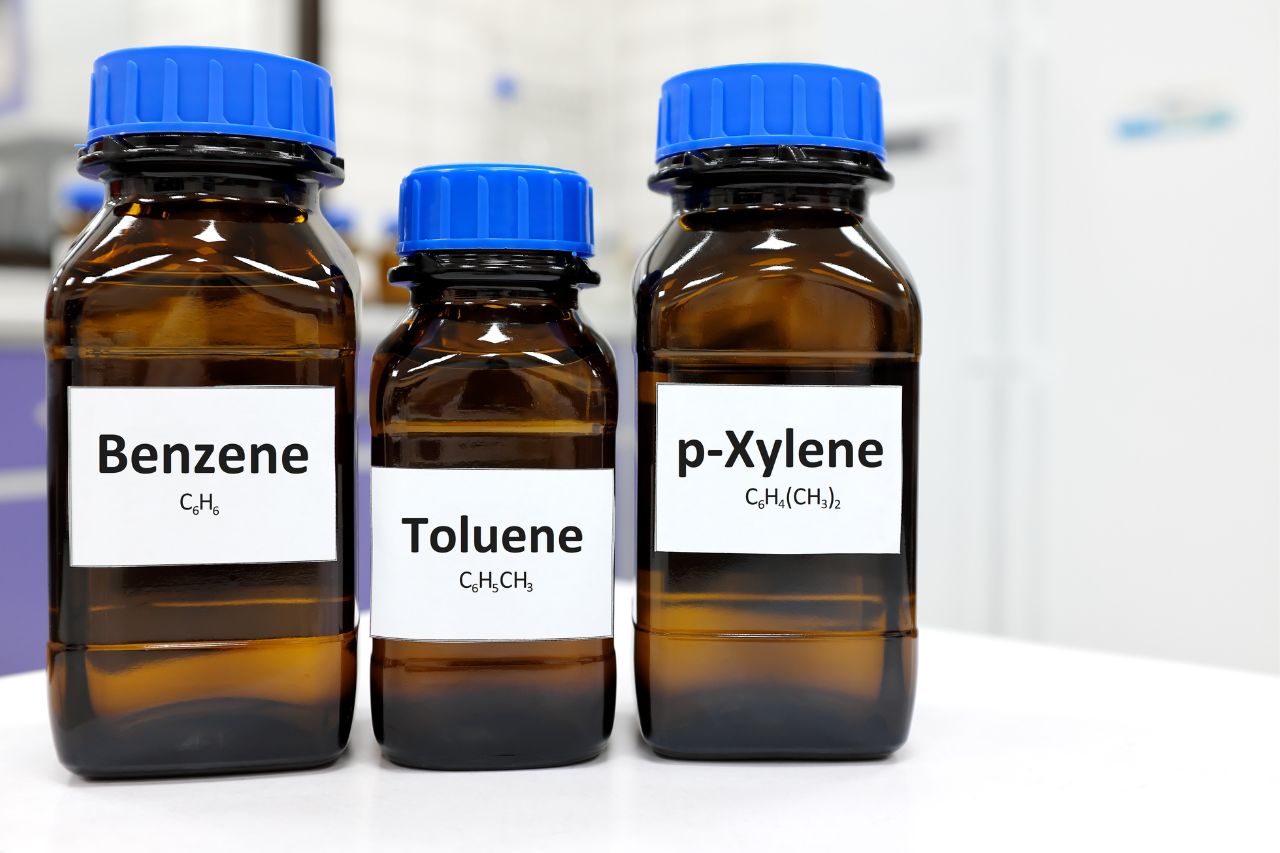How to Reduce Volatile Organic Compounds in Your Home
Volatile organic compounds (VOCs) are chemicals that can be found in various products and materials, and they can have harmful effects on human health. In this guide, we will explore the dangers of VOCs, where they can be found, and provide tips on how to protect yourself from their potential risks.
What are Volatile Organic Compounds (VOCs)?
Volatile Organic Compounds (VOCs) are chemicals that are released as gases from certain solids or liquids. They can be found in a wide range of products and materials, including paints, cleaning supplies, furniture, carpets, and even personal care products. VOCs can have both short-term and long-term health effects, ranging from eye, nose, and throat irritation to more serious respiratory issues and even cancer. It is important to be aware of the presence of VOCs in your environment and take steps to minimize your exposure to them.
Health risks associated with VOC exposure.
Exposure to volatile organic compounds (VOCs) can have various health risks. Short-term exposure to high levels of VOCs can cause irritation of the eyes, nose, and throat, leading to symptoms such as headaches, dizziness, and nausea. Prolonged or repeated exposure to VOCs can have more serious effects on respiratory health, including asthma, bronchitis, and other respiratory conditions. In some cases, long-term exposure to certain VOCs, such as benzene or formaldehyde, can even increase the risk of developing cancer. It is important to be aware of the potential health risks associated with VOC exposure and take appropriate measures to protect yourself and your loved ones.
Common sources of VOCs in everyday life.
VOCs can be found in a variety of everyday products and materials. Some common sources of VOCs include paints, varnishes, and solvents, as well as cleaning products, air fresheners, and personal care products. Building materials such as carpets, adhesives, and pressed wood products can also release VOCs. Additionally, gasoline, tobacco smoke, and vehicle emissions are sources of outdoor VOC exposure. It is important to be mindful of these sources and take steps to minimize exposure, such as using low-VOC or VOC-free products, ensuring proper ventilation, and avoiding smoking indoors.
Tips for reducing VOC exposure in your home.
There are several steps you can take to reduce your exposure to VOCs in your home. First, choose low-VOC or VOC-free products whenever possible. Look for paints, cleaning products, and personal care items that are labeled as low-VOC or VOC-free. When using these products, make sure to follow the instructions for proper ventilation. Open windows or use fans to circulate fresh air while using products that may release VOCs.
Another way to reduce VOC exposure is to improve indoor air quality. Regularly clean and vacuum your home to remove dust and other particles that may contain VOCs. Use air purifiers with activated carbon filters to help remove VOCs from the air. Additionally, consider using natural alternatives to common household products, such as vinegar and baking soda for cleaning.
Proper ventilation is key in reducing VOC exposure. Open windows and doors to allow fresh air to circulate throughout your home. Use exhaust fans in bathrooms and kitchens to remove VOCs that may be released during activities like showering or cooking. If possible, avoid smoking indoors, as tobacco smoke is a significant source of VOCs.
Lastly, be mindful of the materials and furnishings in your home. Choose furniture and building materials that are low in VOCs. Look for products that are certified as low-emitting or have undergone third-party testing for VOC emissions. When purchasing new items, allow them to off-gas in a well-ventilated area before bringing them into your home.
By following these tips, you can reduce your exposure to VOCs and create a healthier indoor environment for you and your family.
Importance of proper ventilation and air purification.
Proper ventilation and air purification are crucial in reducing exposure to volatile organic compounds (VOCs) and maintaining a healthy indoor environment. VOCs can be released from various sources such as cleaning products, paints, and furniture, and can contribute to poor air quality and potential health risks.
One way to improve ventilation is by opening windows and doors to allow fresh air to circulate throughout your home. This helps to dilute and remove VOCs that may be present. Additionally, using exhaust fans in bathrooms and kitchens can help remove VOCs that are released during activities like showering or cooking.
Air purifiers with activated carbon filters can also be effective in removing VOCs from the air. These filters are designed to trap and absorb VOC molecules, improving the overall air quality in your home. It’s important to choose an air purifier that is appropriate for the size of the room and to regularly clean or replace the filters as recommended by the manufacturer.
By ensuring proper ventilation and using air purification methods, you can significantly reduce your exposure to VOCs and create a healthier living environment for yourself and your family.
Key Takeaways:
- Volatile Organic Compounds (VOCs) are chemicals released as gases from various products and materials.
- VOC exposure can lead to short-term effects like irritation and long-term risks such as respiratory issues and cancer.
- Common sources of VOCs include paints, cleaning supplies, furniture, carpets, and personal care products.
- Reduce VOC exposure by choosing low-VOC or VOC-free products, improving ventilation, and using air purifiers with activated carbon filters.
- Proper ventilation helps dilute and remove VOCs, while air purification with activated carbon filters can effectively trap and remove VOC molecules.
- By taking these steps, you can minimize VOC exposure and create a healthier indoor environment.

